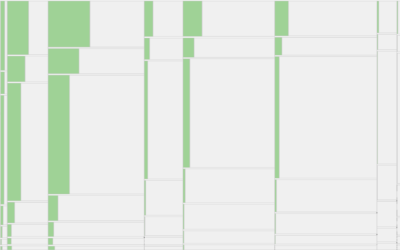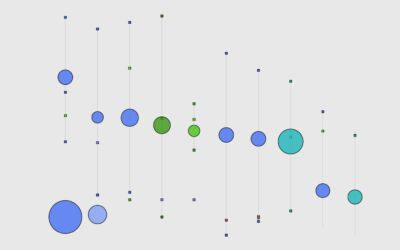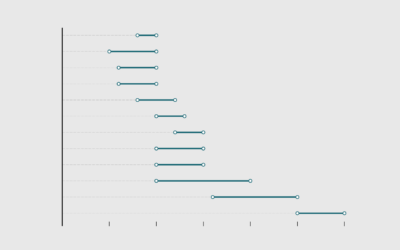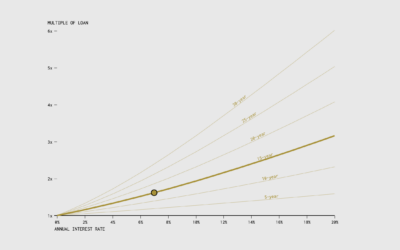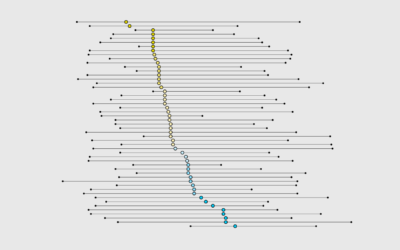Data Underload
People worry about data overload. Fooey. Charts and musings by Nathan Yau.
Young Money
We often associate high income with older people, but young people can also earn higher incomes. Let's see what those people studied and what they do for a living.
Jobs with Higher Income and Fewer Hours
So people earn a six-figure income without working all the time. What do they do?
Most Common Jobs, by Income Group
These are income ranges for the ten most common jobs at different income levels.
Rising to Top Net Worth, by Age
With the most recent release from the Survey of Consumer Finances, see how your household's net worth compares against others'.
Most Common Causes of Death, by Age
This is how the most common causes have changed over time for people aged 0 to 85.
Scale of Sports Fields and Courts
Here are the major sports drawn at the same scale to help appreciate the differences between field and court sizes.
How Cause of Death Shifted with Age and Time in America
As we get older, our life expectancy declines. But when and how quickly the decline happens and how it happens has changed over the years.
Life Expectancy of Pets
When looking into getting a pet, it’s important to consider life expectancy. You probably don’t want to accidentally sign up for a twenty-year commitment with an impulse adoption at the pet store.
Oldest and Youngest, by State
States aren't uniformly young and old. Well, other than Maine. This is the breakdown by age group and regions.
Are we back yet?
In 2020, our everyday routines shifted dramatically, but over the past few years, it's felt like things are getting back to where they were. How back are we?
When the Cost of a Mortgage is a Multiple of the Original Loan
Use this chart to see how many times over you'll pay over the original loan amount, given the annual rate and the number of years of paying.
Renting vs. Owning a Home, by State
Among households in the United States, 68% are owned and 32% are rented, based on estimates from the American Community Survey in 2021. That breakdown isn't uniform across the country though.
When is Dinner, by State
These are the states that eat dinner the earliest and latest, along with everyone else in between.
All the Household Types in the U.S.
No need to restrict ourselves to the most common types. There are thousands. Let's look at all of them.



